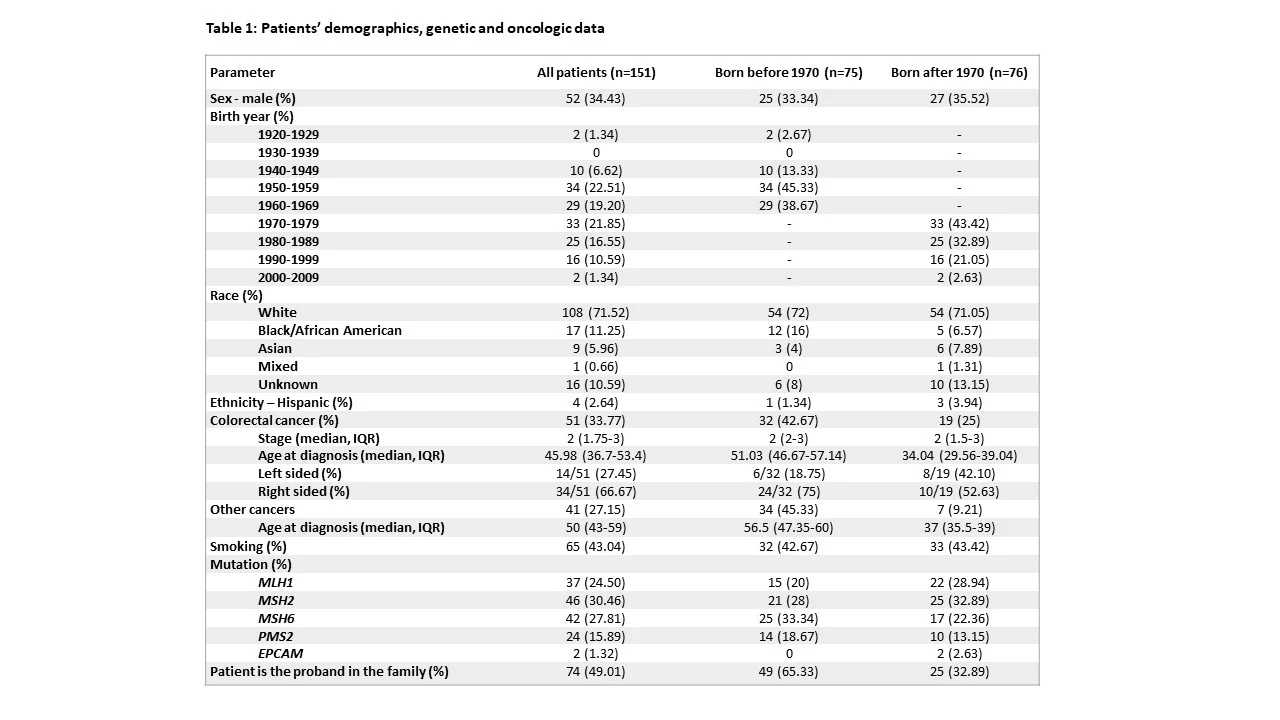894
BIRTH COHORT EFFECT ON AGE OF COLORECTAL CANCER ONSET IN LYNCH SYNDROME
Date
May 20, 2024
Tracks
Related Products
YIELD OF MULTIGENE PANEL GERMLINE GENETIC TESTING AMONG THOSE WITH ADVANCED COLORECTAL ADENOMAS
BACKGROUND & AIM: Advanced adenomas (AAs) [≥1cm, villous, or high-grade dysplasia (HGD)] are precursors to colorectal cancer (CRC) and although guidelines support multi-gene panel testing (MGPT) in those with CRC, it is unclear if MGPT should be performed in individuals with CRC precursors…
ADENOMA DETECTION RATES ON INDEX AND SURVEILLANCE COLONOSCOPIES IN LYNCH SYNDROME PATIENTS
One of the main quality metrics for colonoscopy in the general population is the adenoma detection rate (ADR), which is inversely correlated with post-colonoscopy colorectal cancer (PCCRC)…
Emerging Tests for Screening/Early Detection of GI (and other) Cancers
SOCIETY: AGA Session will review emerging technologies and biomarker assays for detection of gastrointestinal neoplasia…
DETERMINANTS OF INVASIVE SIGNET RING CELL CARCINOMA IN HEREDITARY DIFFUSE GASTRIC CANCER
BACKGROUND: Colonic polyposis, which is a risk factor for colorectal cancer (CRC), can be driven by a pathogenic variant in a polyposis gene. However, in many cases germline genetic testing is negative, leaving the cause of the polyposis unknown…




